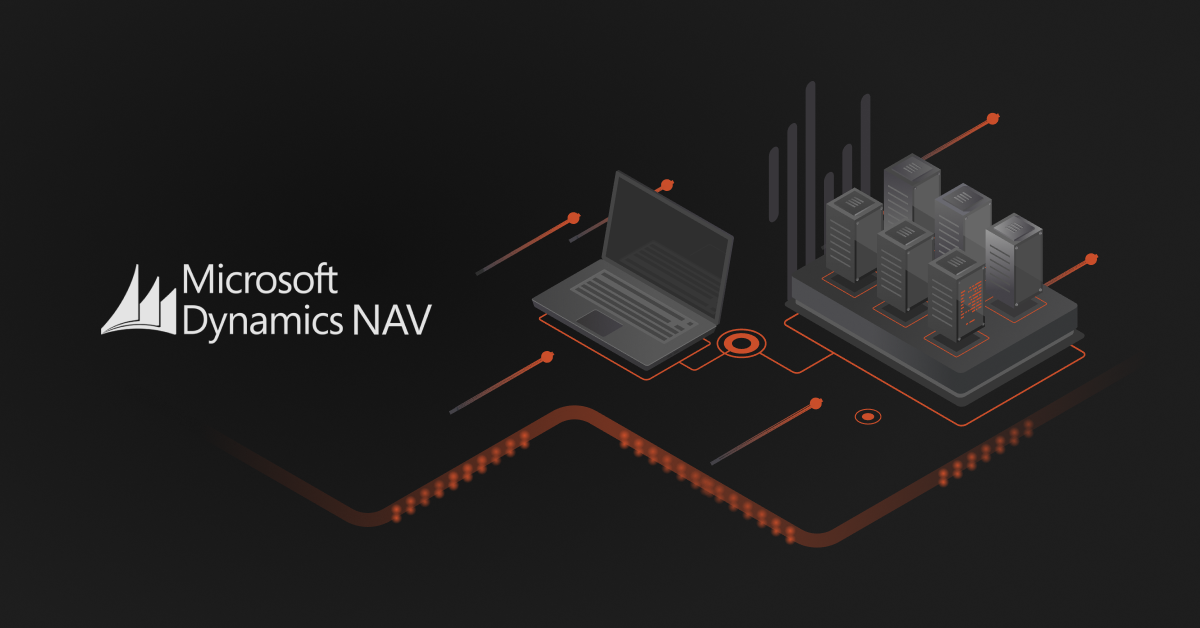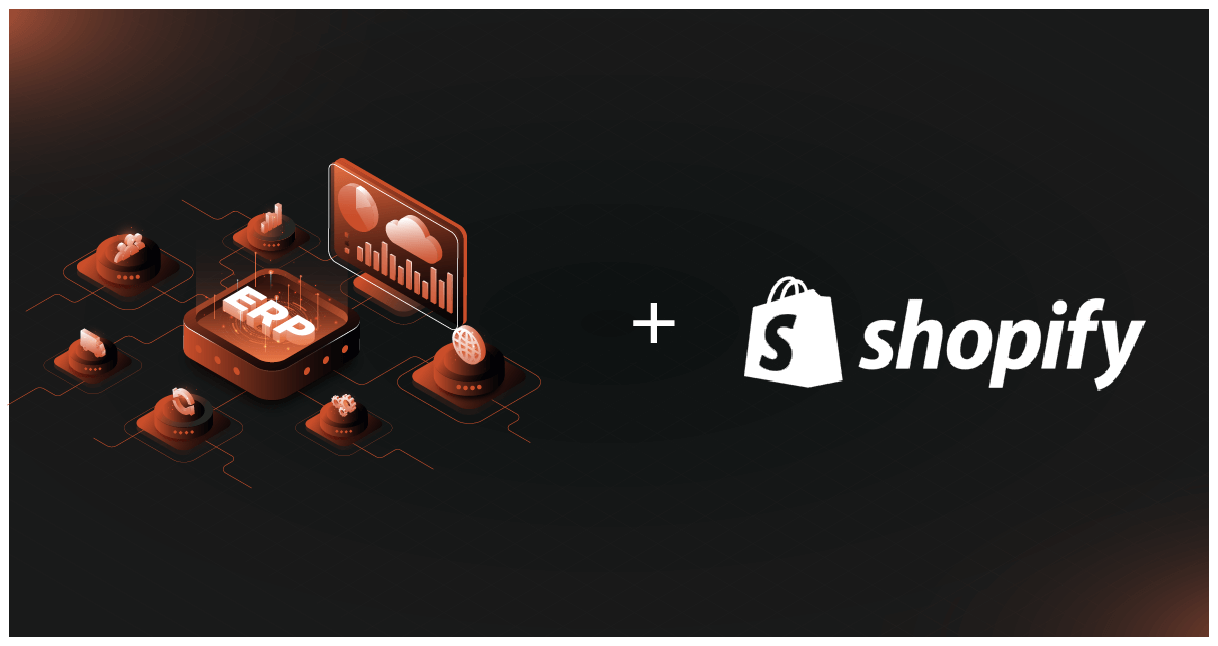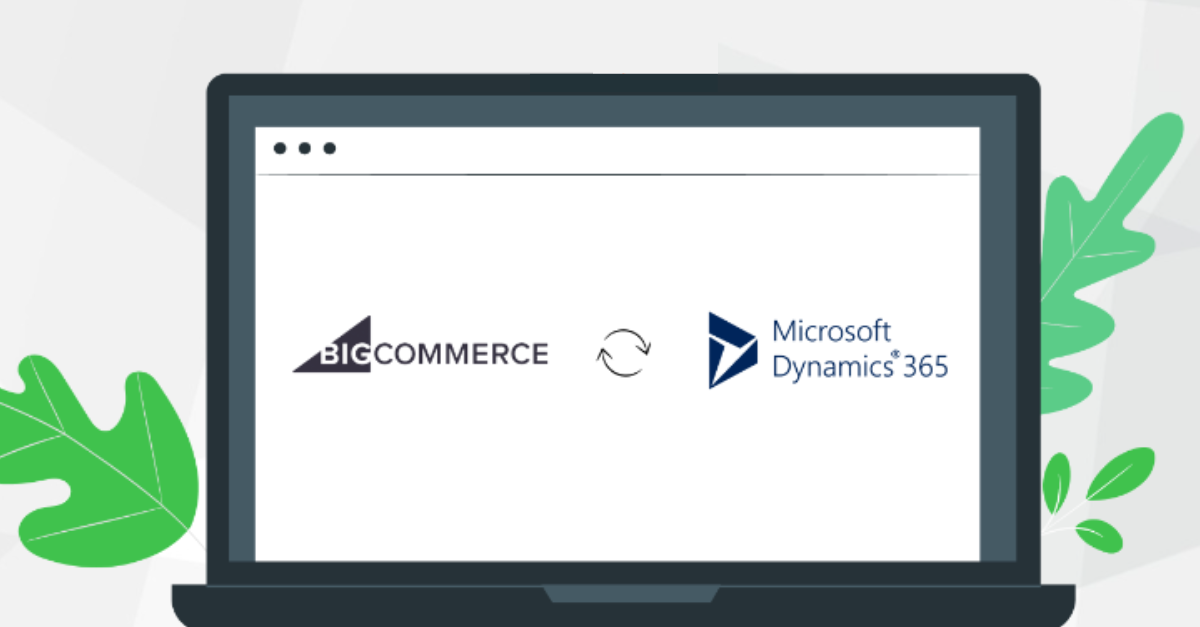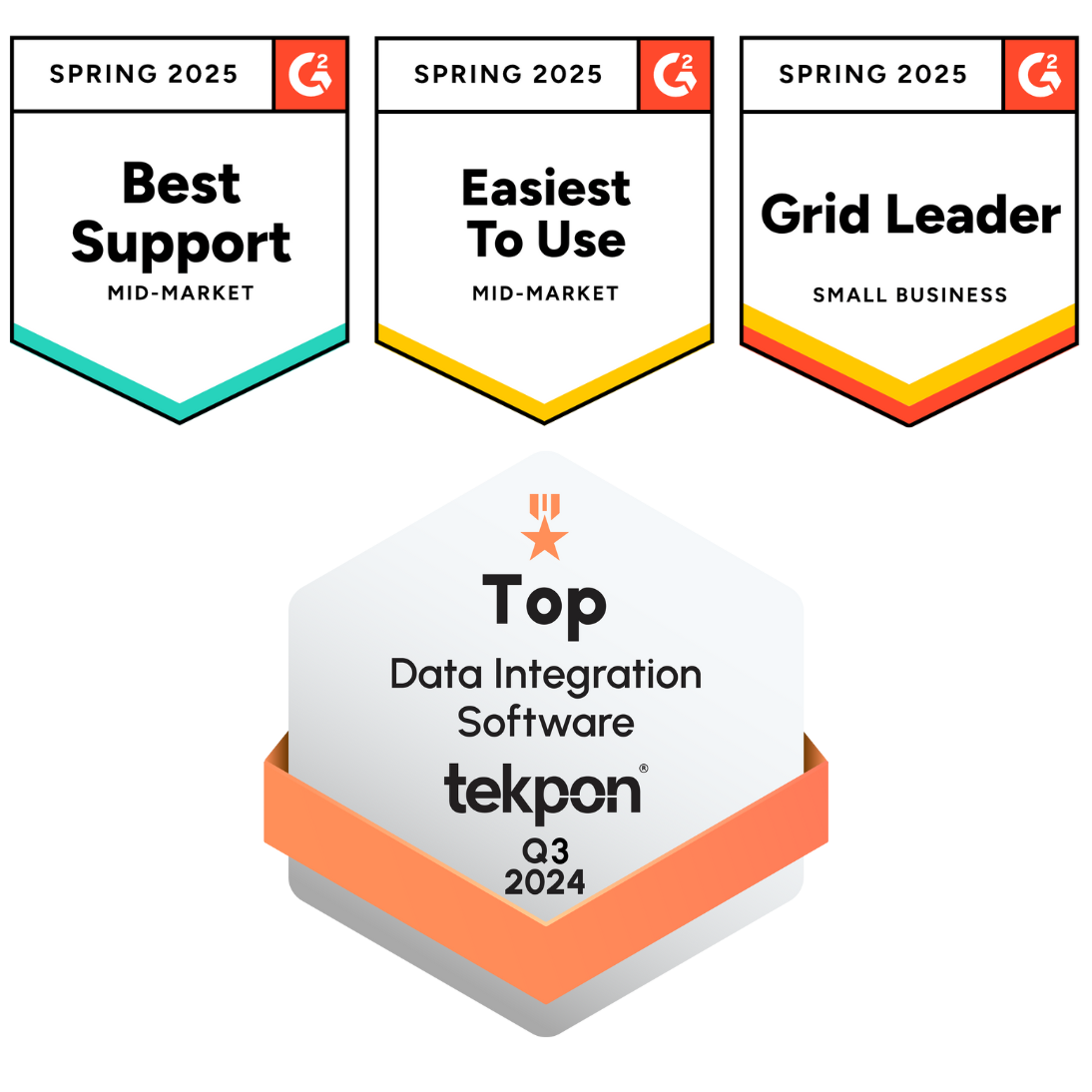Think of your business as a puzzle, with each department—sales, finance, HR, and more— pieces that need to connect seamlessly. Enterprise Resource Planning (ERP) systems such as Microsoft Dynamics NAV help you fit those pieces together by unifying processes and workflows in one platform, giving you a clear view of operations.
When you integrate your ERP with third-party or custom applications, you extend these benefits to improve efficiency and data flow. ERP integrations can be tricky, but with a solid understanding of ERP integration’s advantages and challenges, along with careful planning, you can navigate this process smoothly.
Microsoft Dynamics NAV Integration Methods
ERP integrations involve data, processes, or both. Data integration can be a one-time transfer (migration) or an ongoing, real-time data exchange between systems. Process integration automates workflows between systems based on specific actions. The complexity of these integrations depends on your business needs.
The market offers a variety of solutions, ranging from free open-source API management tools to advanced iPaaS (integration platform as a service) solutions. While some companies still use older methods like point-to-point (P2P) and enterprise service bus (ESB) models, cloud-based and scalable iPaaS solutions have become the preferred choice for ERP integration.
Here are some common ERP integration methods and their pros and cons:
| Method | Pros | Cons |
| Point-to-point (P2P) integration | Ideal for very basic systems with only a few APIs Requires minimal system support for implementation | Manual process that relies on human coding, making it slow Prone to errors and inaccuracies Not scalable for larger businesses with complex needs |
| Enterprise service bus (ESB) | A more structured and systematic alternative to P2P An affordable solution for smaller businesses with simpler operational models | Requires significant manual support and configuration Lacks smart automation, requiring manual setup for each instance May not be suitable for businesses with growing complexity or automation needs |
| API management | Modern ERP may come preconfigured for various APIs, simplifying and standardizing system integrations Can provide faster and more reliable outcomes compared to older methods | Still requires manual support Does not support rapid integration, automation, or hybrid data flows Lacks synchronization of data and is not preconfigured for event-based architecture |
| iPaaS | Supports hybrid data models and cloud deployment, enabling automated updates and security fixes Reduces or eliminates barriers to cross-functional systems integration AI and machine learning enhance automation capabilities Low-code/no-code components make it accessible to a wider range of users | Involves additional up-front costs May take longer to achieve full ROI Despite the cost, it’s a scalable, future-proof solution in an increasingly complex API landscape |
Read more: The Top 30 Data Integration Platforms
Common Integration Scenarios
Here is a quick look at some of the common integration scenarios for Microsoft Dynamics Navision.
Business Intelligence (BI)
Business intelligence software focuses on making sense of data by collecting and analyzing it from different sources. By integrating BI with your ERP in the cloud, these actionable insights become centralized and can be quickly shared with the right people. This translates to faster and more informed decision-making.
CRM
CRM is a valuable tool for your sales and marketing teams that provides access to detailed lead information. This allows your teams to tailor their customer interactions for a more personalized experience, increasing the chances of conversion. When you integrate CRM with Microsoft Dynamics NAV, it helps deliver real-time market insights and demand metrics. With more precise and relevant data at hand, your marketing teams can craft targeted messaging, and sales teams are better equipped to nurture leads effectively.
Project Management
Integrating project management tools with Microsoft Dynamics NAV allows your team to keep using their familiar tools while gaining the benefits of a centralized ERP system. You get a clear, unified view of all projects and teams, making reporting and data sharing seamless within one platform.
eCommerce
eCommerce now offers more than just online payments. The real advantage comes from using point-of-sale data. Smart shelves and carts can instantly link with warehouses and supply chains, making inventory management more efficient. Real-time data also gives marketing and sales teams helpful insights. By integrating ecommerce with ERP, you can connect your ecommerce operations to a larger data system to improve overall efficiency.
Related read: Guide to Microsoft Dynamics 365 Integration
Benefits of Microsoft Dynamics NAV Integration
When done right, Microsoft Dynamics NAV integration can offer a plethora of benefits:
Better data efficiency
Integrating Microsoft Dynamics NAV with third-party apps takes away the hassle of manual data entry, which means fewer mistakes and more time saved. For instance, connecting your ERP with financial tools enables real-time updates that make reporting and analysis seamless.
Enhanced customer experience
When you link NAV with CRM or ecommerce platforms, it gives you a complete picture of customer interactions and keeps inventory data up to date. This means quicker responses to customer needs and automated processes that make ordering and delivery more efficient, leaving your customers happier.
Optimized value chain
By integrating with systems like supply chain management (SCM), CRM, or warehouse management (WMS), you can streamline operations. Sharing real-time data between these systems speeds up procurement, production, and delivery, reducing costs.
Added software features
Integration allows older software with important customizations to work smoothly. You can use your familiar systems but with the benefits of a modern ERP interface, avoiding the hassle of replacing them.
Automation of manual tasks
Microsoft Dynamics NAV integration automates routine tasks, like processing customer orders. For example, when you integrate ERP with CRM, it simplifies everything from taking orders to creating shipping documents.
Improved accuracy
It improves accuracy by connecting data and automating workflows. For example, when you link ERP with logistics systems, it ensures correct deliveries by sharing data seamlessly between warehouse and transportation systems.
Streamlined workflows
Integration simplifies workflows by automating tasks and cutting out unnecessary steps. When integrated with tax compliance software, for example, it automatically pulls data to calculate taxes.
Boosted Sales Conversions
When you connect CRMs and ecommerce platforms to Microsoft Dynamics NAV, you get real-time data that helps close sales faster. Integrated marketing tools can even use customer data to send personalized messages, boosting engagement and repeat purchases.
Best Practices Checklist for Microsoft Dynamics NAV Integration
Consider the following tips to perfect your integration journey.
- Evaluate integration requirements: Understand the data formats, structures, and APIs of each system before starting ERP integration to avoid issues like data loss or duplication.
- Develop a detailed strategy: Create a comprehensive plan outlining team roles, project scope, data mapping, testing, and maintenance to ensure alignment and prevent errors or delays.
- Prepare your data: Ensure data is accurate and consistent—standardize, correct errors, and fill gaps before the integration process begins.
- Prioritize data security: Perform security checks, set access restrictions, and use encryption to safeguard sensitive data during the integration process.
- Communicate with your team: Keep your team informed with a clear plan detailing the benefits, roles, timelines, and training to ensure a smooth transition to new workflows.
Why Choose DCKAP Integrator: Unique Features + Case Study
DCKAP Integrator is an industry-leading ERP integration platform designed especially for distributors. This cloud-native iPaaS enables real-time synchronization of data sources to drive data-driven decision-making.
DCKAP Integrator:
- Enables real-time synchronization across systems with automatic bidirectional data transfers.
- Eliminates data silos, ensuring a single source of truth for customer and sales data.
- Allows for easy creation of custom integrations using flexible flow designers and pre-built connectors.
- Seamlessly integrates on-premise, cloud, embedded, or hybrid systems.
- Provides pre-built connectors for platforms like Magento and Salesforce, eliminating the need for manual coding.
- Offers a user-friendly interface with drag-and-drop functionality for simple customization.
- Ensures secure customer transactions with encrypted data.
- Logs and synchronizes customer interactions, purchases, and orders, improving lead tracking and conversions.
A manufacturer, E-Z UP, already having integration, sought DCKAP Integrator’s help to further optimize and customize their systems for greater efficiency. DCKAP Integrator automated repetitive tasks, enhanced data flow, and integrated four platforms: Magento, Microsoft NAV, and Salesforce. This resulted in real-time data access, faster customer service, and streamlined order processing. The unified data system also improved marketing efforts, and allowed E-Z UP to reach prospects faster and increase customer engagement and retention.
Conclusion
In a competitive business landscape, integrating Microsoft Dynamics NAV with your key business applications and systems is a strategic move that can drive commercial success. However, choosing the right integration platform holds the key. Choosing a robust, scalable integration platform like DCKAP Integrator ensures better customer experiences, optimized operations, and the agility needed to stay ahead in an evolving market.
To schedule a free demo, get in touch with us today.
In this Story





